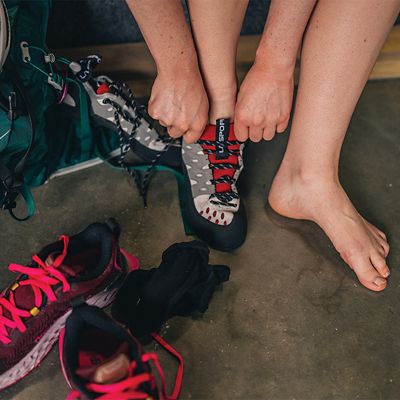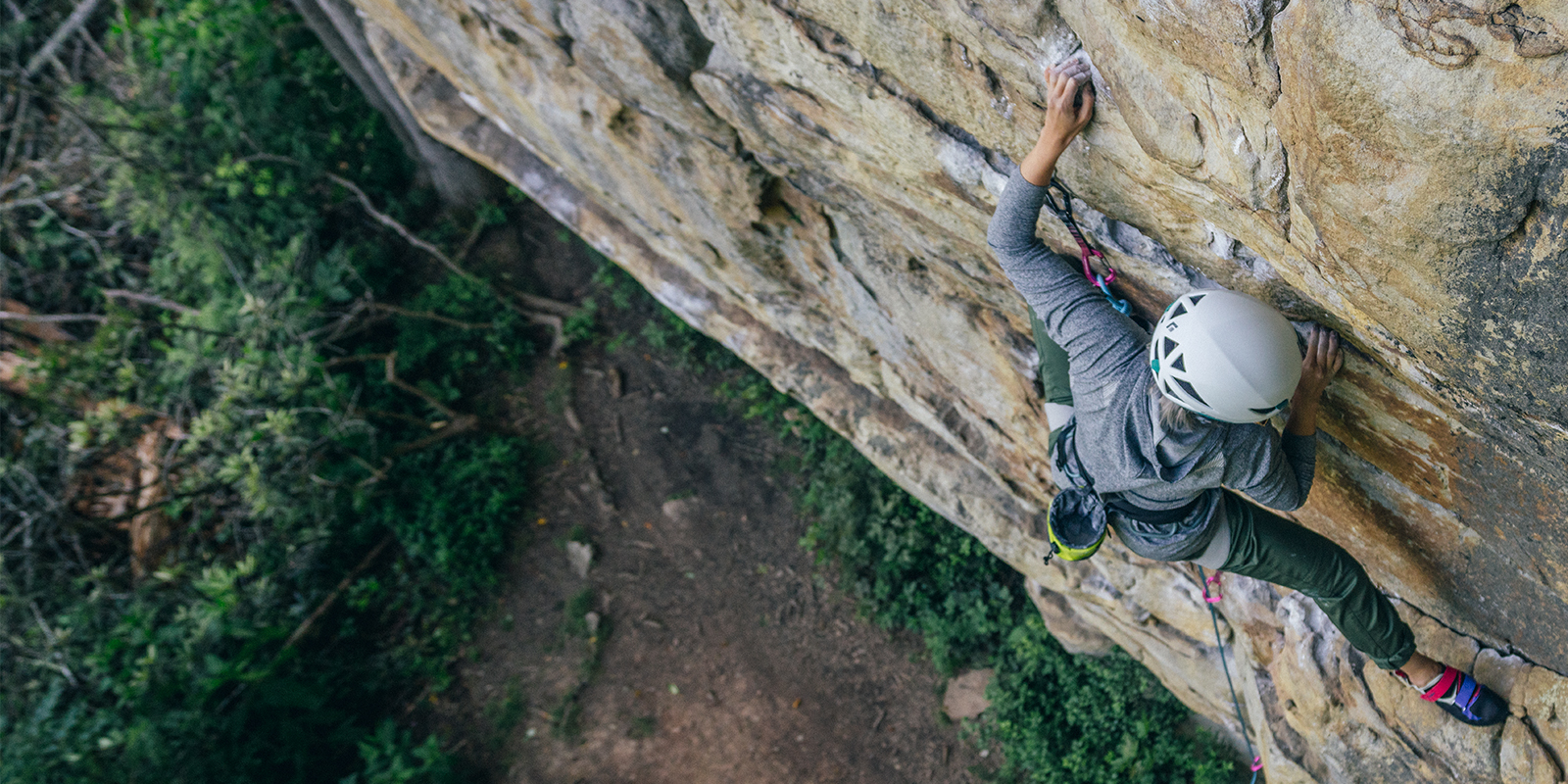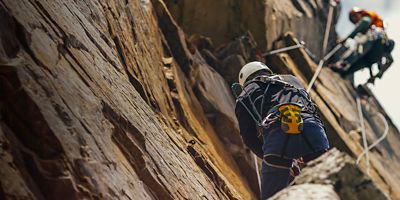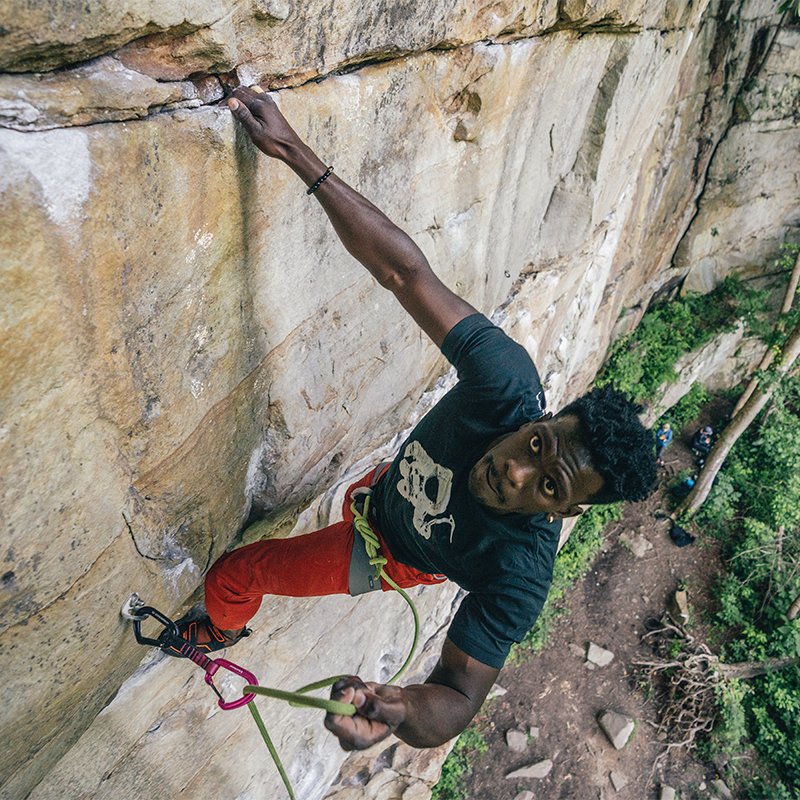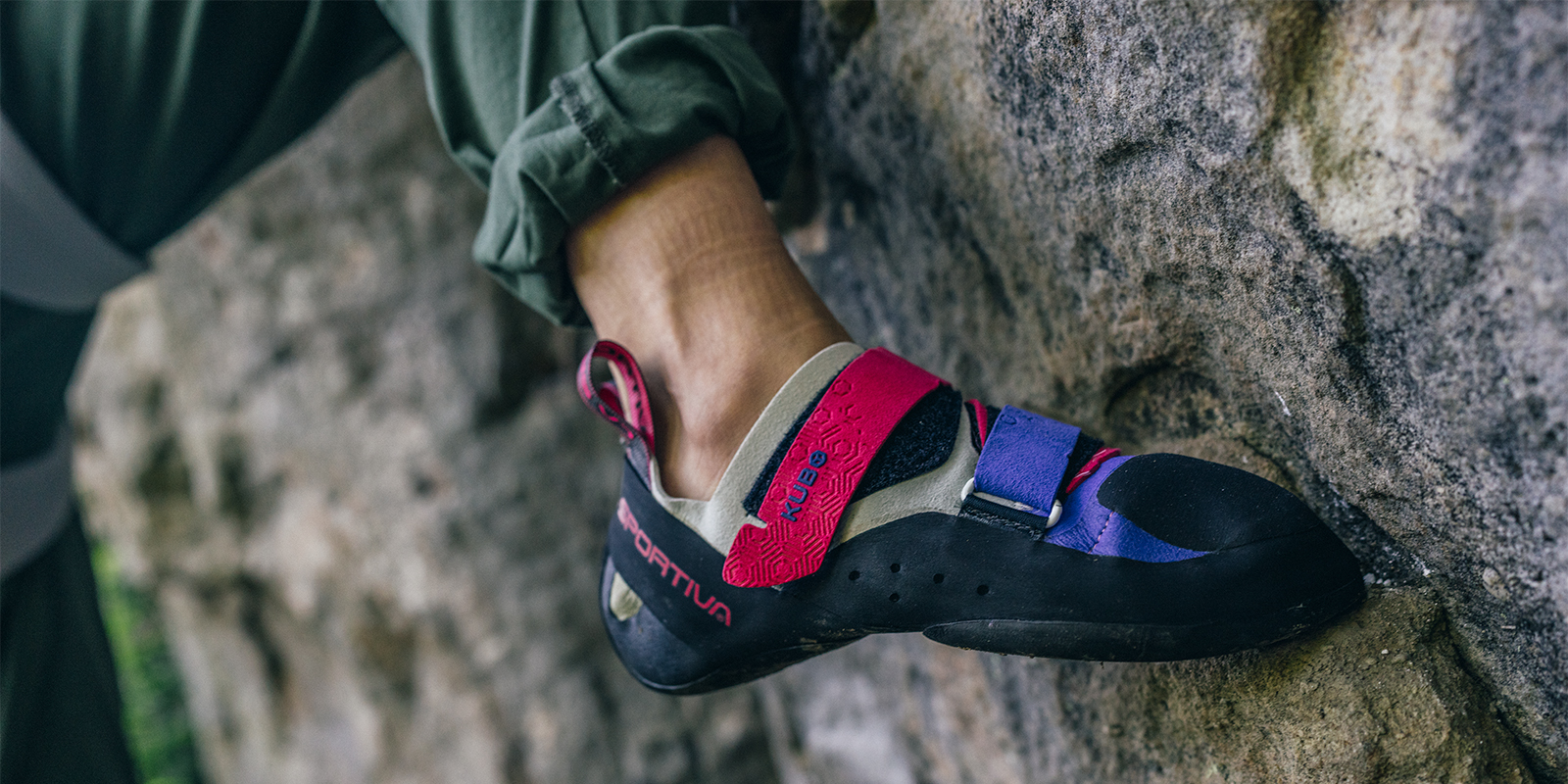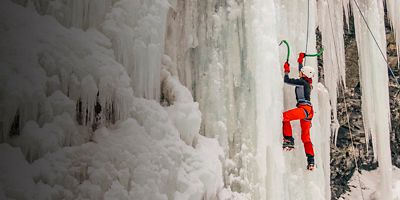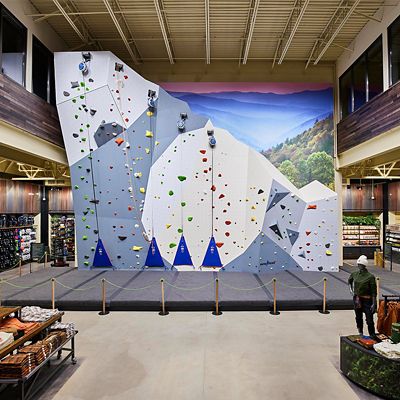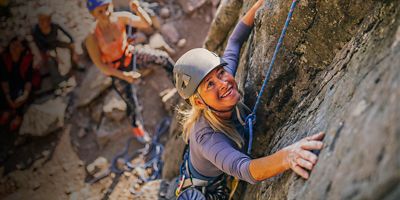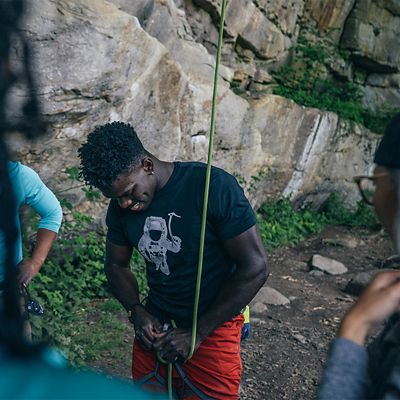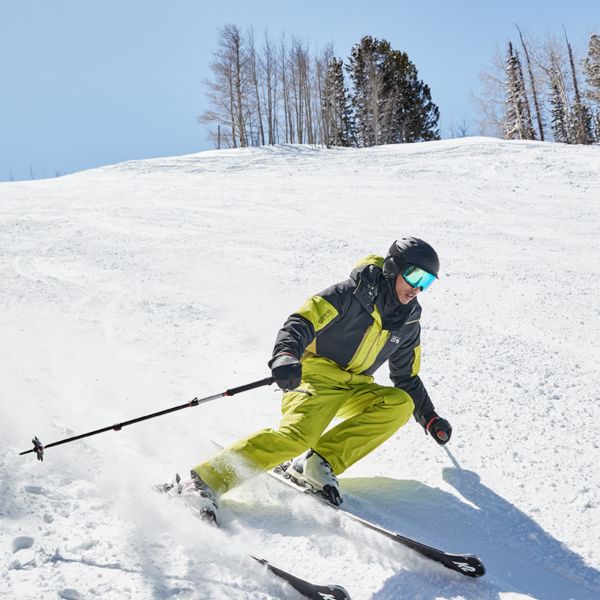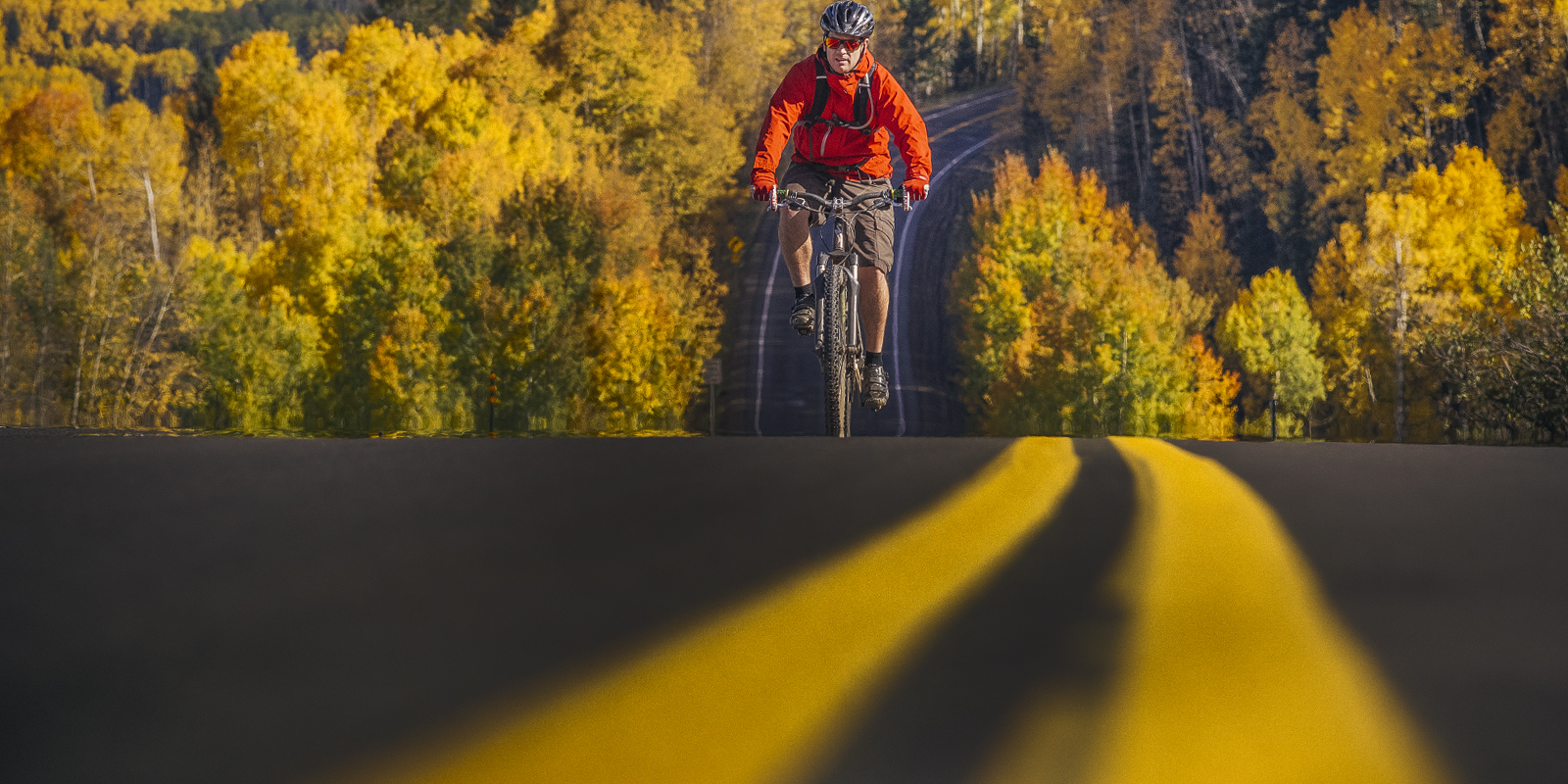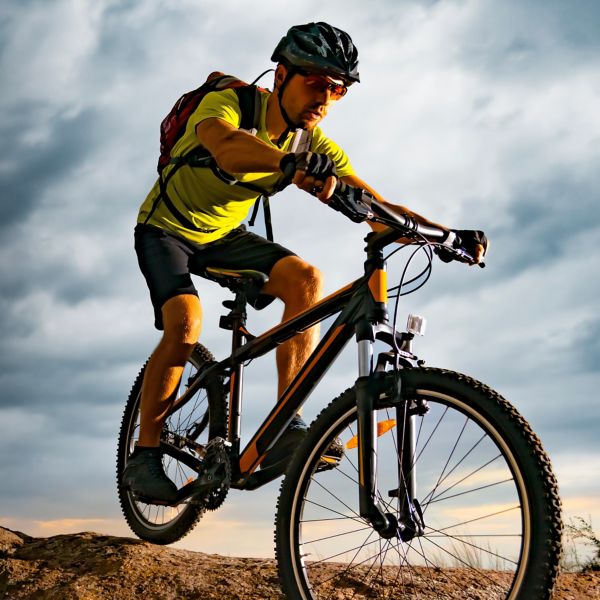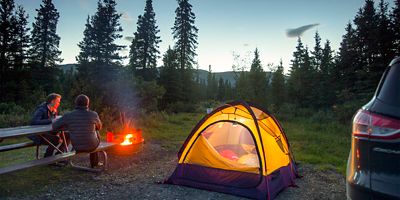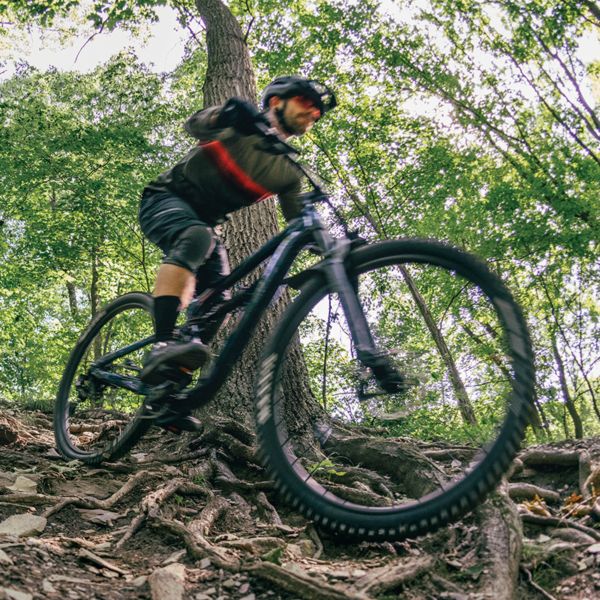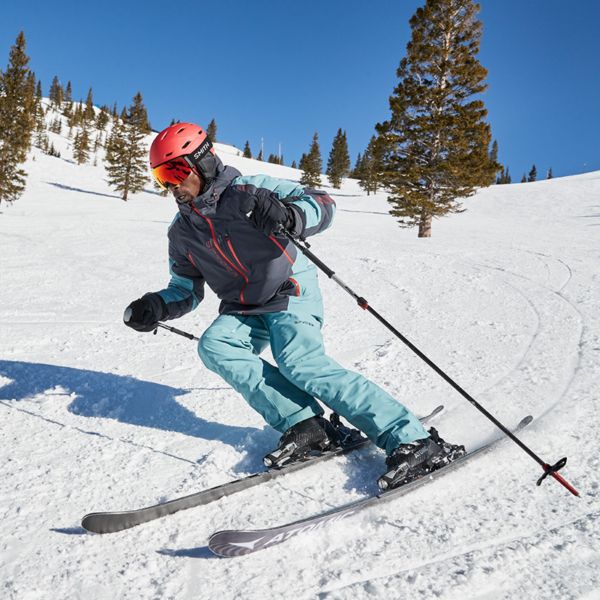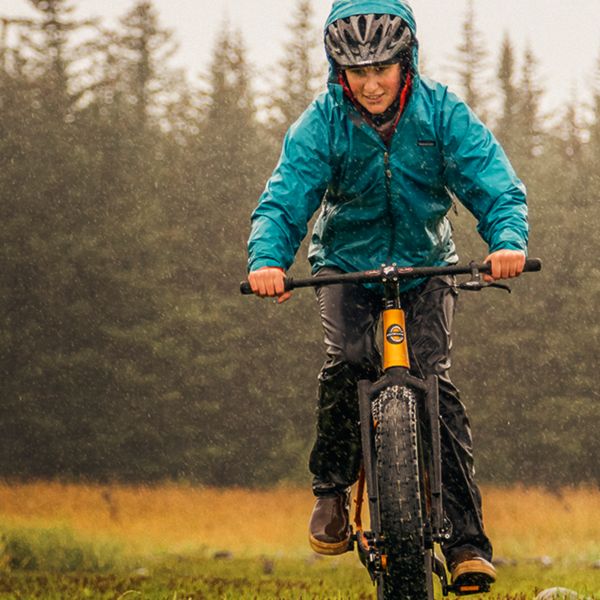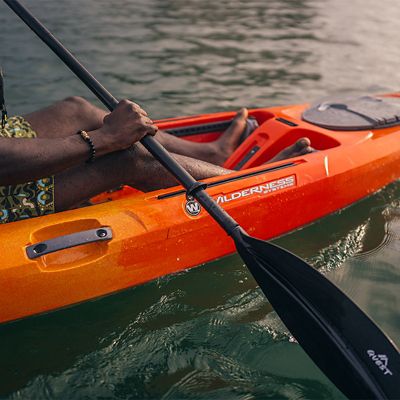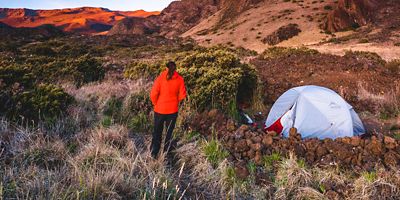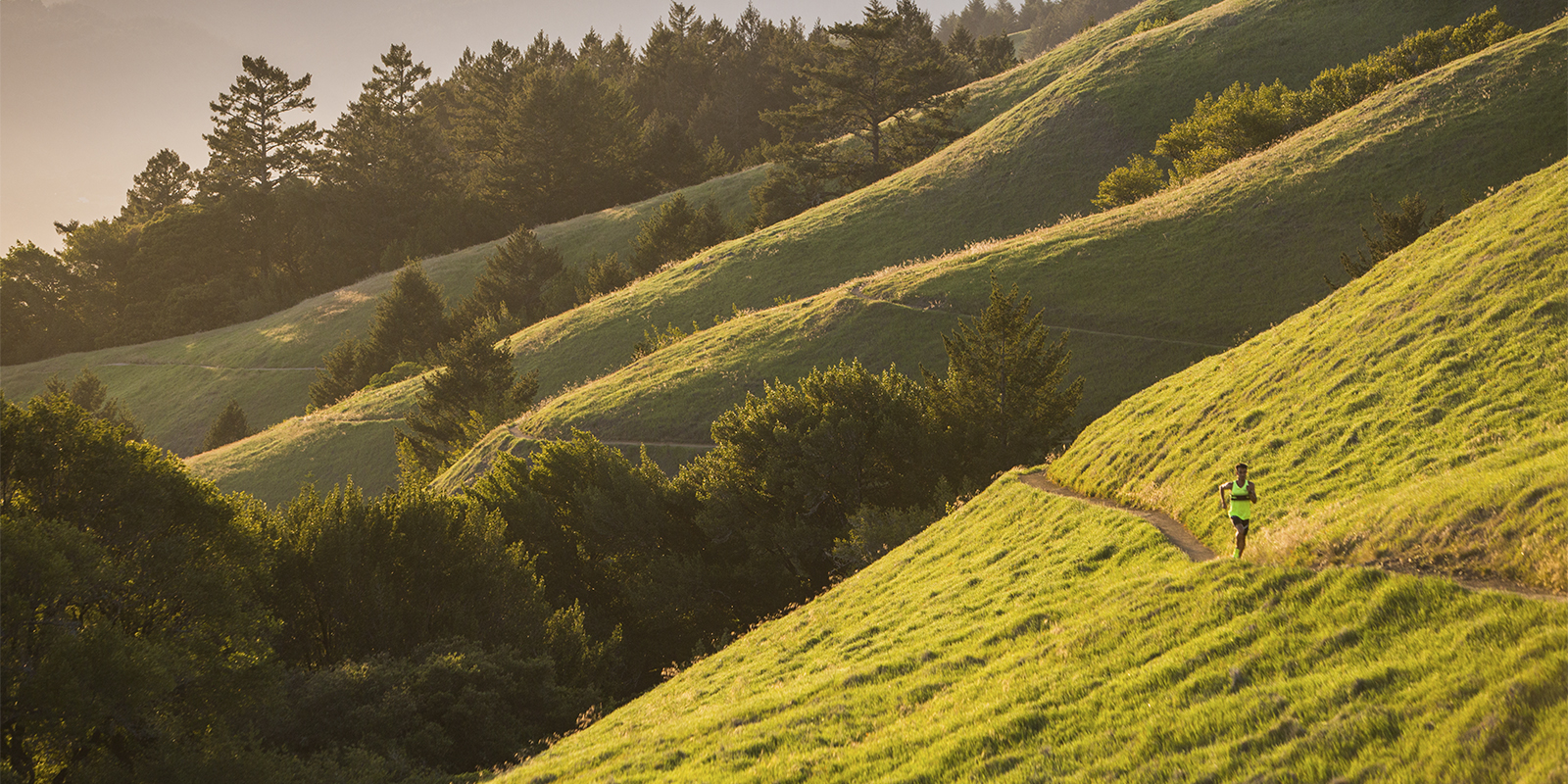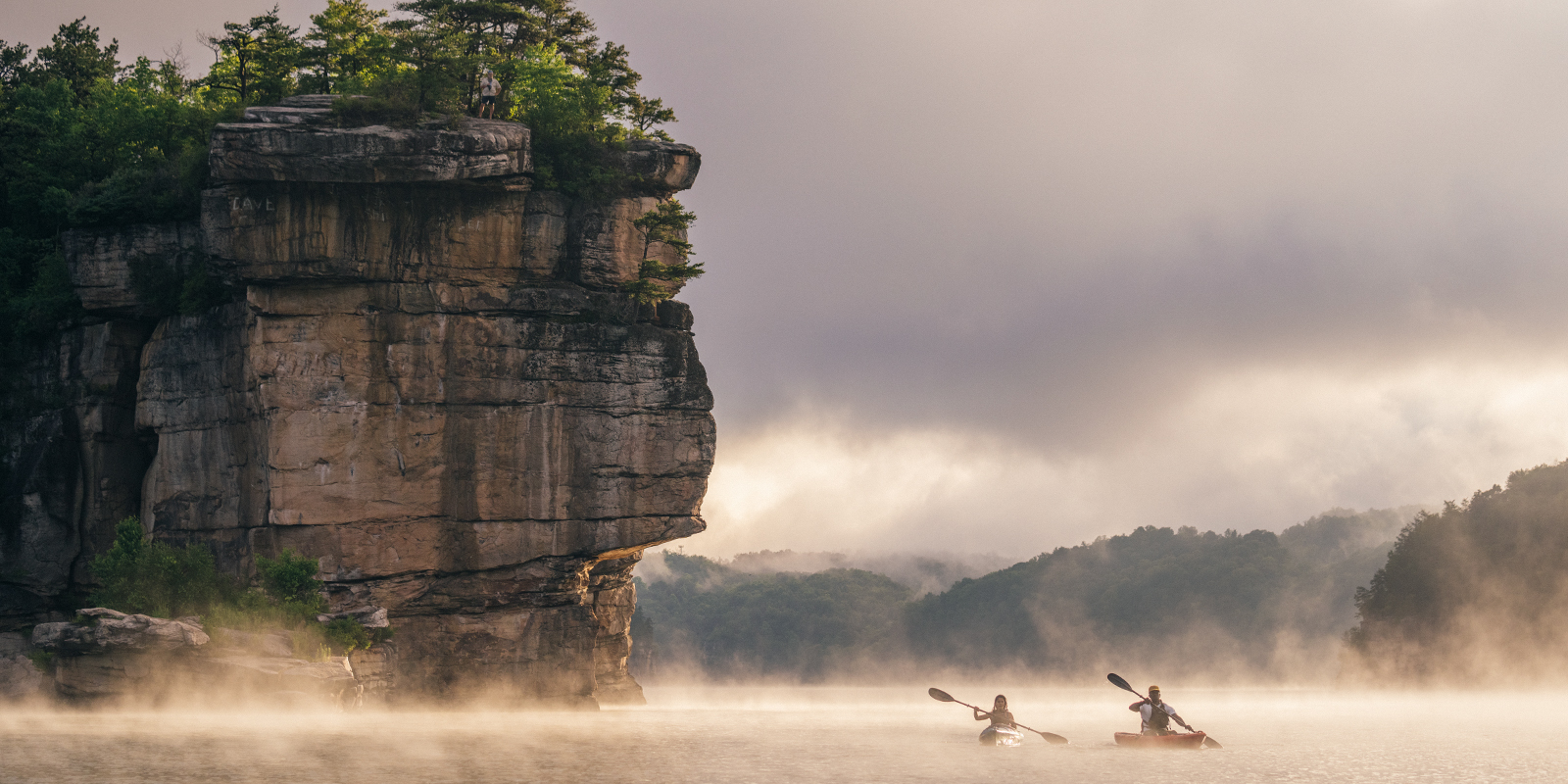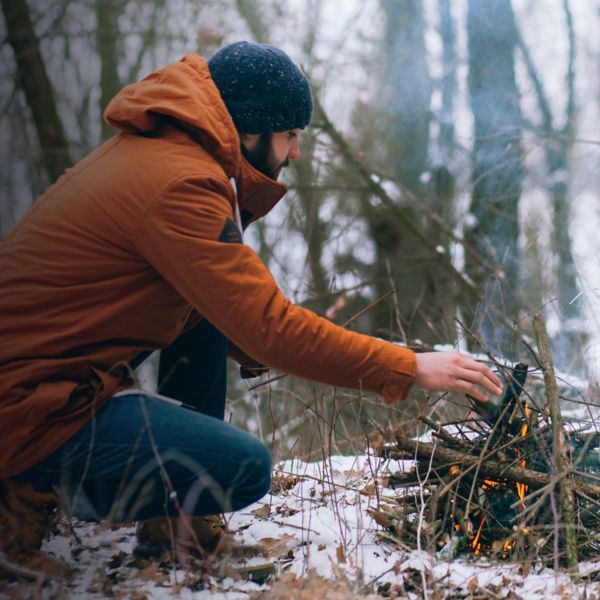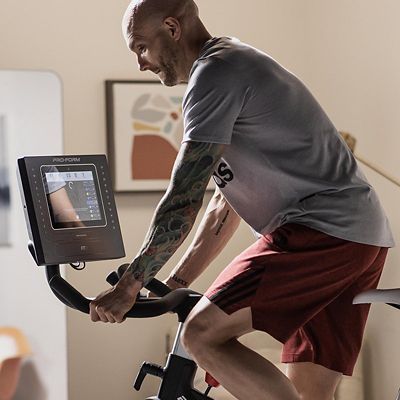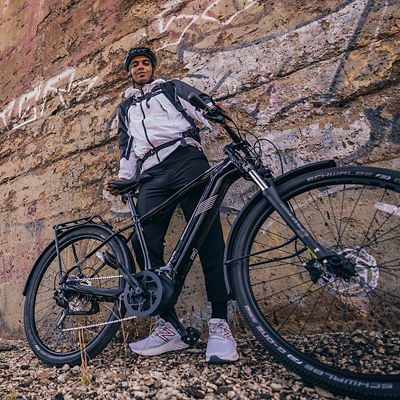
There are tons of different climbing helmets on the market, but let’s start with the thing they all have in common: They could save your life.
Climbing injuries are relatively rare, especially while sport climbing or top-roping, but when they do happen, they often affect the head and neck. That’s according to a 2019 study led by researchers from the climbing epicenter of Bolzano, Italy. And according to a recent analysis from the Kaiser Permanente Oakland Medical Center in California, about 44 percent of all climbing-related head injuries are concussions, usually due to impacts from unexpected overhead rockfall, or flipping upside down while falling, or hitting the ground. (A good helmet will protect your head from all three scenarios.)
Convinced? You should be. This data, combined with recent science about the long-term dangers of concussions, should make a helmet a standard part of every climbing kit, the same as shoes and a harness.
But before you run out and buy the first helmet you see, keep in mind that there are tons of types out there, each with different pros, cons, and levels of protection. Here’s how to buy a climbing helmet that’s best for you.
In this article you’ll learn about:
- UIAA and EN Certifications for Climbing Helmets
- Common Types of Climbing Helmets
- How to Buy a Climbing Helmet that Fits
- Other Features to Look For
- Questions to Ask Yourself Before Buying a Climbing Helmet
Understanding Certifications for Climbing Helmets
The best climbing helmets receive a safety stamp of approval in the form of either a European Conformity (CE) and European Norm (EN) certification or a Union Internationale des Associations d’Alpinisme (UIAA) certification. To get those certifications, the helmet has to pass top-down impact tests that simulate falling rock or knocks to the temples. The helmet is then graded on how much force it absorbs versus how much it passes on to the head and neck. Both CE/EN and UIAA certifications rely on similar tests, but the UIAA holds helmets to a slightly higher standard. So, if you’re worried about big falls, look for a UIAA-certified helmet.
Some helmet manufacturers do additional testing to ensure that the front, sides, and back of the helmet can also resist serious impacts. You can learn more about additional tests on the manufacturers’ websites.
Types of Climbing Helmets
When it comes to choosing the best climbing helmet for your needs, you’ll first want to consider the materials and constructions available.
Plastic Hardshell
The classic old-school brain bucket, hardshell helmets consist of a rigid plastic dome that fits to the head via a network of adjustable straps. As such, they’re the most durable and least expensive lids out there. That makes them ideal for canyoneering, chimneying, or scrappy mixed terrain. The durability is also nice if you prefer to strap your helmet to the outside of your pack and don’t want to worry about it getting dinged up. Downsides: Full-plastic helmets tend to be heavy, and they’re not very breathable.
Polystyrene Foam
Helmets made of expanded polypropylene (EPP) or expanded polystyrene (EPS) foam are sleek alternatives to hard plastic. Full-foam climbing helmets are extremely lightweight and breathable, which makes them popular among warm-weather climbers and weight-conscious mountaineers. But the breezy, barely-there feel comes with drawbacks. Foam helmets are less durable than plastic—just slinging one around on the outside of your pack can leave it with dents and gouges. And though EPP and EPS lids can absorb enough force to protect your noggin from big impacts, they’re prone to shattering in the process.
Hybrid Construction
Many helmets these days are a hybrids of foam and plastic. They involve a thin plastic shell encasing a lightweight EPS or EPP foam, sort of like a bike helmet. This offers a balance of light weight and decent durability. The plastic protects the foam from most minor denting and improves the helmet’s ability to deflect rockfall.


